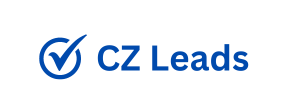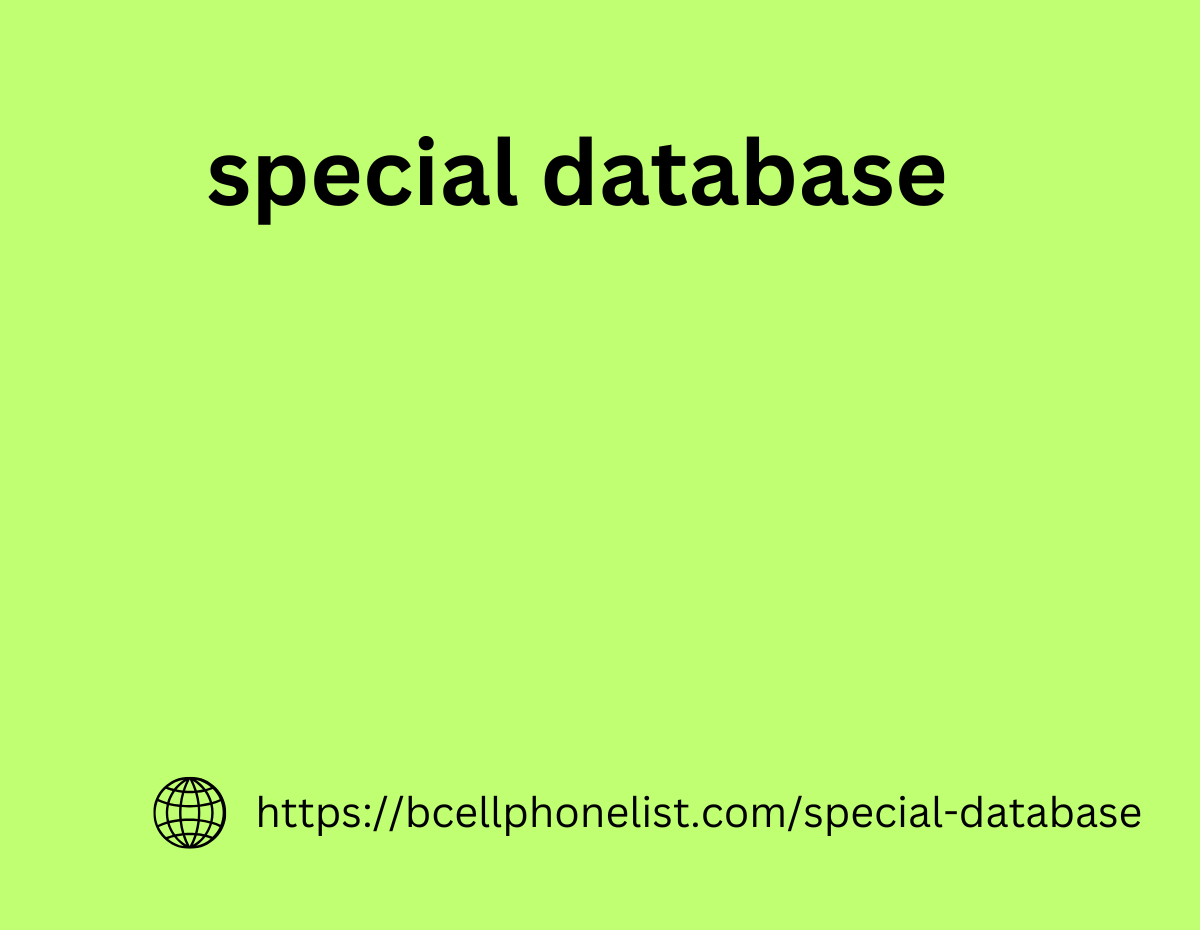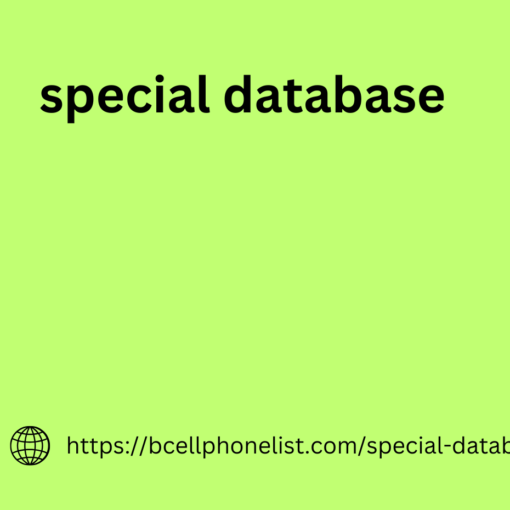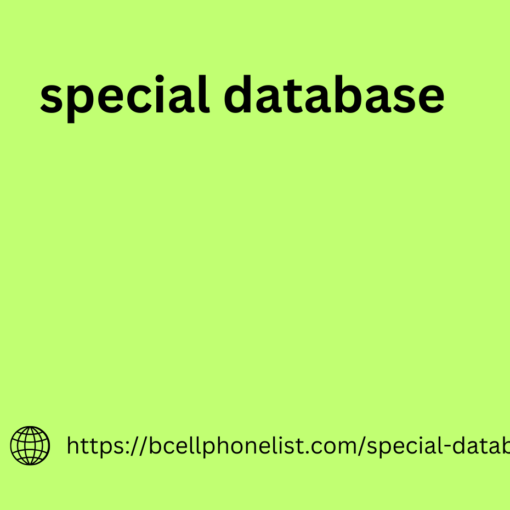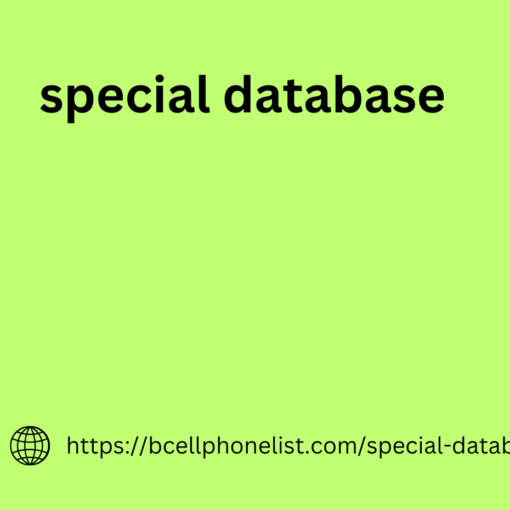When examining the pros and cons of banner advertising. It is important to understand some of its drawbacks. The effectiveness of such promotion can be reduced by low click-through rates (CTR), the use of ad blockers, and trust issues.
People may not respond to ad impressions due to banner blindness. Which has developed as a result of ad overload and ineffective targeting. This may cause users to turn on ad blockers, making it difficult for the advertiser to capture the audience’s attention. Trust issues arise from intrusive advertising, leading to high bounce rates and negative brand perception.
Affiliate marketing, content marketing and other online promotion channels can be used to complement banner advertising strategies.
What are the purposes of banner advertising?
The main goal of banner advertising is to special database attract traffic to the company’s website. By clicking on the ad, the visitor is taken to the company’s website or to a specific page to see the offer or learn more about the business.
Banners can be used to increase brand awareness and generate leads. However, their conversion rate is usually lower than that of SEO or content marketing, as they are a more aggressive form of exposure.
Banner ads are also useful for advertising specific products or services of a company. They offer users information about new products, encourage action, are great for maintaining interest in products or a brand, and inform about promotions and special offers.
Banners can be included in a company’s overall marketing strategy as an additional tool to achieve goals. However, it is worth remembering that each company has its own unique goals, and the effective use of banner advertising requires adapting the strategy to the specific needs and context of the business.
Main types of banners on the Internet
To effectively use this type of online promotion, you need to understand what an advertising banner is and what types exist. Below we will tell you about the main varieties.
About the main banner formats
Banners are divided into two groups by their format: static and dynamic. Static banners are represented by graphic images in PNG, JPEG or WEBP formats. Although these ads are classic, they are currently less common due to their main drawback: the lack of automatic adaptation to different types of screens. Nevertheless, static banners remain popular due to their lower cost compared to dynamic ones. In addition, they can be prepared in several sizes and configured to display them adequately on both computers and mobile devices.
Dynamic banners are complex animated blocks or videos in HTML5, GIF, Java or Flash formats. This way, you can create not only an competitive pricing strategy, what prices to set for products animated image. But also automatically adapt it to different screen sizes. Previously, Flash technologies were often used to create banners, but they were not adaptive, which led to the development of other formats. Video banners, the creation of which does not require the use of HTML, also fall into this category.
About banner sizes
An advertising banner on a website is most aero leads often rectangular in shape and comes in various sizes. Which can vary depending on the advertiser’s settings or the requirements of the platform where it is placed.
For example, if you work with the Google Display Network. You may need to create multiple ad versions of different sizes to make. The best use of the available ad space online. Whereas when working with a specific online platform, the choice of size may be limited by its requirements and pricing policy.
There are standard sizes of banners on the Internet:
- Square ads, typically 250 x 250 pixels in size, are ideal for small advertising spaces on websites;
- Standard banners are 468 x 60 pixels in size and can be placed at the top, middle, or bottom of a web page. Because of their narrow shape, it is important to balance graphics and text;
- The 728 x 90 pixel Leaderboard, which is often placed at the top of the page, also requires attention and care when using individual design elements;
- Rectangular ads. Their size can vary from medium (300 x 250 pixels) to large (336 x 280). They are placed on the sidebar of the page;
- Half Page Ad – This is an ad that is 300 x 600 pixels in size and takes up most of the visible area on a website page. This ensures their high visibility, but can be more expensive for advertisers;
- Mobile Banner. Banners specially optimized for mobile devices have different sizes depending on the device type and location on the screen.
The choice of a specific size depends on the goals of the advertising campaign. The characteristics of the site and the target audience. Banner sizes are presented in more detail in the table.
